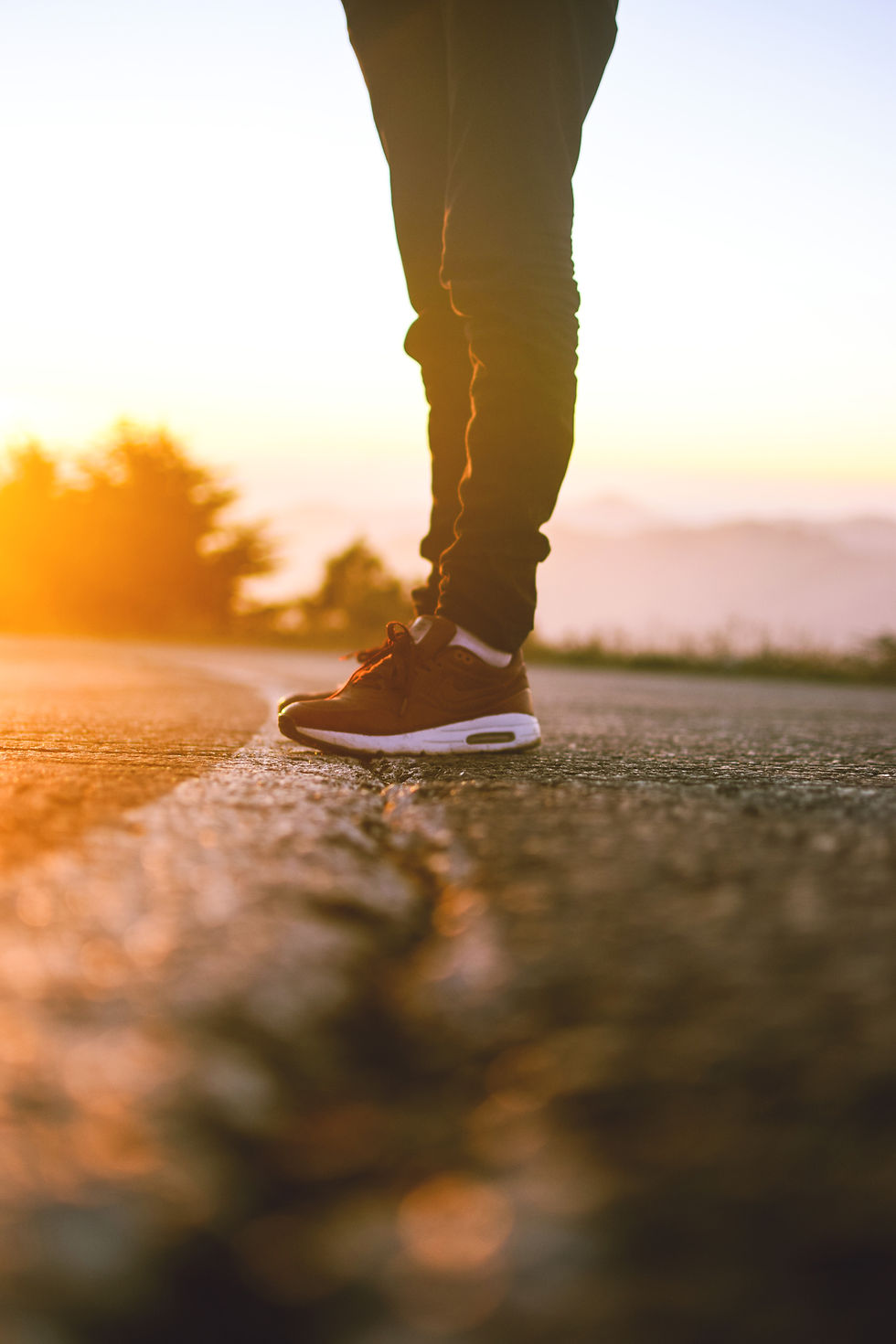Back to School Shoes... already!
- drandrewburgon
- Aug 9, 2019
- 3 min read

Back to school shopping can present a dilemma to both parent and child. Predicting a toddlers expected growth or negotiating a teenagers expensive tastes can be difficult without some direction. Shoe shopping questions like correct style, size, and choice of materials can be down-right puzzling. Here’s some guidance on these questions, and others, to provide a goal to shoot for when shopping for shoes with your child this year.
When do babies/toddlers need shoes? Although its fun putting your 3-month-old in a pair of the cutest mini-adult shoes on the rack, it's not until they are pulling to stand on their own two feet or actually walking that babies need a little more protection. Until the child begins standing socks are ok, and using socks will allow the child’s foot and leg to develop normally and naturally as the baby crawls.
The first pair of shoes: hard soled or soft? Initially a leather or softer rubber sole will help provide the traction your toddler needs and allow the muscles and tendons to develop as they should. The main thing is to avoid slippery fabric type soles that can cause accidents and falls. These softer soled good traction shoes can be beneficial until around age 2. From age 2 on up most children benefit from soles about as flexible as a running shoe, however at this age a new problem arises.
Deciding on what size of shoe shouldn’t be a compromise. The maximum distance between the end of the longest toe and the shoe should be 1/2 inch, about a thumbnail in length. Using the old “rule of thumb” allows us parents to maximize how long a growing child will fit in a shoe without increasing the child’s probability of tripping in their next game of Tag. Obviously the easiest thing to do is to have your child's foot sized by an expert. Many shoe stores have trained employees to make basic measurements, if not come and see a podiatrist! Be sure to measure both feet in length according to the longest toe and go with larger of the two feet.
Next it is easy to forget to size the child’s foot for the right width. Children's feet tend to narrow as they grow older so watch out for cramped piggies in younger kids shoes. In addition brands and models of shoe within a brand vary in length and width. The last part of proper shoe sizing is making sure the heel doesn’t slip out of the back of the shoe when walking or running. Also, watch out for the back of the shoe being too tight or too high which can cause irritation and blisters at the back of the heel. Some say the average mother’s pinky finger should fit to the first knuckle at the back of the shoe.
Check the fit of your child's shoe every 2-4 months. Most kids have growth spurts, not consistent growth, so it is crucial to stay a step ahead of growing feet. So this means when you are buying children’s shoes of any age, each shopping trip should be treated like the first. The foot doesn’t stop changing shape with a drivers license or even when we go to college. I gained an entire shoe size in college with no change in height!
New vs. Used. Although it might be tempting to pass down a siblings shoe to the next of kin to save a few bucks, this is a no, no. Shoes mold to the first owners feet. Hand-me-down shoes, force your child's foot into a shoe that has already molded to the shape of someone else's foot, which means your kiddo could end up with foot pain and blisters. On the other hand it is never necessary to “break-in” a stiff pair of new shoes, especially for kids. Shoes should be comfortable with the first step.
Sandals vs. Shoes. It is almost always better to side with shoes. Active kids need shoes with socks. Sandals worn outdoors through the summer often harbor smelly fungi and do not protect a child's foot properly for inevitable outside play. If sandals are needed for the beach or are the only thing your kid wears in the summer go for newer sandal styles that cover the toes, hold the heel, and provide some arch support. A great list of sandals is on the APMA (American Podiatric Medical Association) website.
Hopefully some reminders and new tips have been provided for parents as we approach this years back to school season. Knowing what to look for in shoe size and materials can prevent a trip back to the shoe store in the middle of the fall quarter. As always if there is any question about your child’s foot shape, pain, function, texture, smell, or color for that matter come and see the foot and ankle specialist.
We can help call 801-564-1562 for an appointment today!






Comments